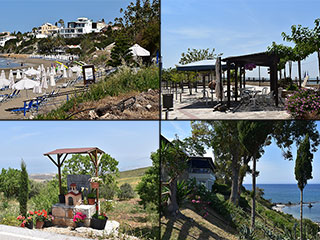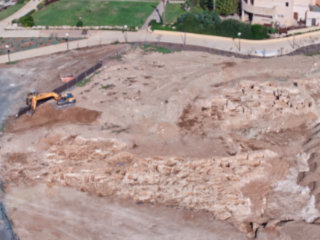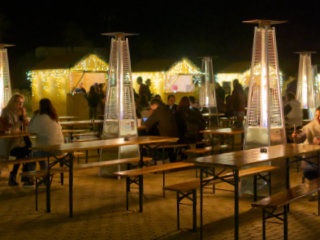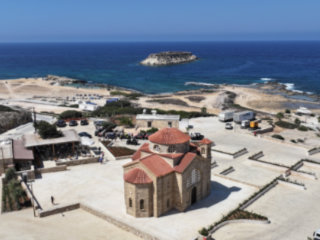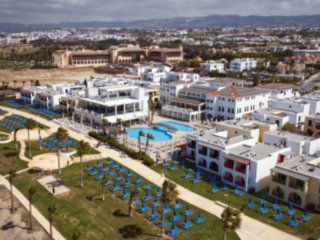Aphrodite's Roadworks in 2025
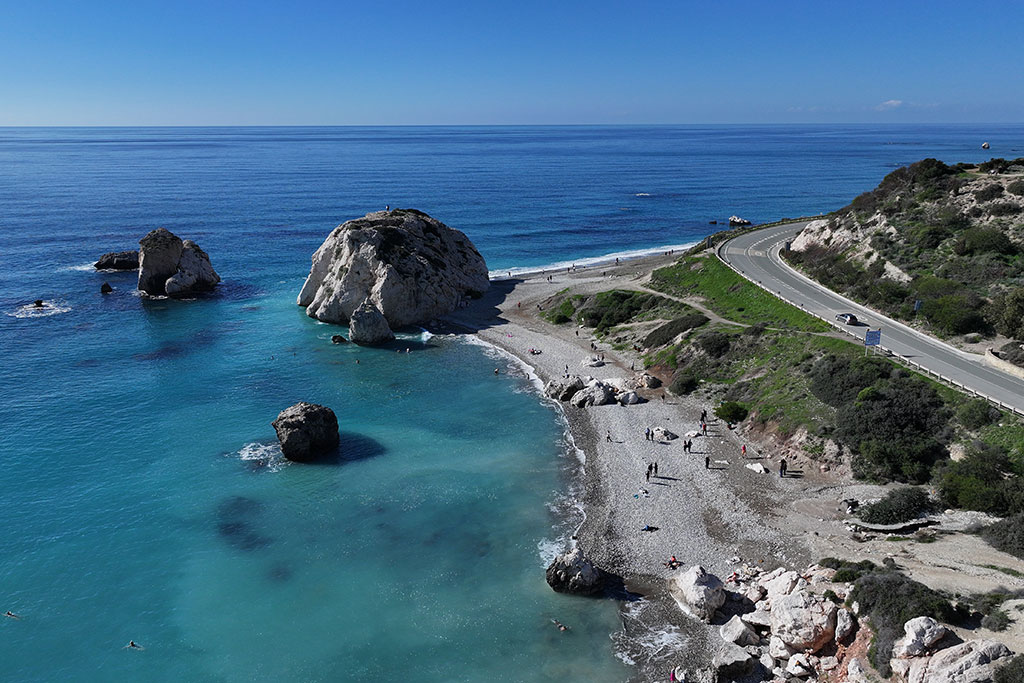
Here you can see all of the rocks. You will often find people climbing on the big one.
There are a few legends about the area, as you would expect.
According to one legend, this rock is the site of the birth of the goddess Aphrodite, perhaps owing to the foaming waters around the rock fragments, and for this reason it is known as Aphrodite's Rock. Gaia (Mother Earth) asked one of her sons, Cronus, to mutilate his father, Uranus (Sky). Cronus cut off Uranus' testicles and threw them into the sea. According to Hesiod's Theogony, Aphrodite was born out of the foam caused by Uranus' genitals as they were thrown into the sea.

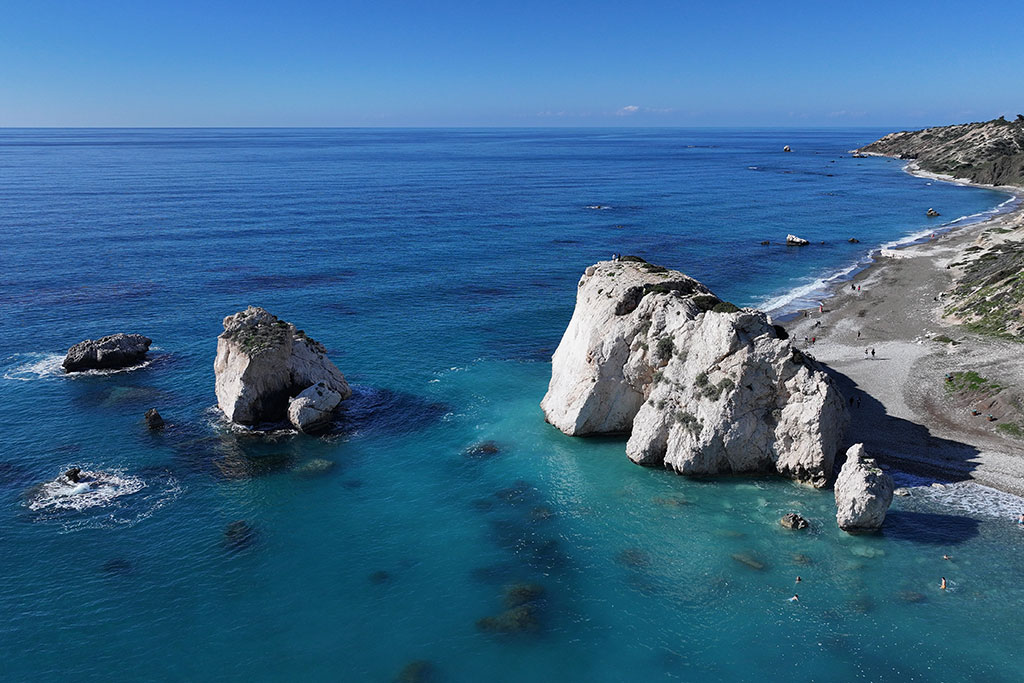
If that sounds like a load of balls, try this one:
Similarly, the local version indicates that Aphrodite’s Rock is a part of the lower body of Uranus. This legend says that Cronus ambushed his father and cut him below the waist with a scythe. Uranus, as he tried to escape flying, lost parts of his truncated body and testicles into the sea. A white foam appeared from which a maiden arose, the waves first taking her to Kythera and then bringing her to Cyprus. The maiden, named Aphrodite, went to the assembly of gods from Cyprus. The Romans widely referred to her as Venus. Aphrodite attracted a large cult following in Paphos, which was eventually crushed by the Romans. This is evident from the Sanctuary of Aphrodite in Old Paphos, Kouklia. A local myth is that any person who swims around the Aphrodite Rock will be blessed with eternal beauty.
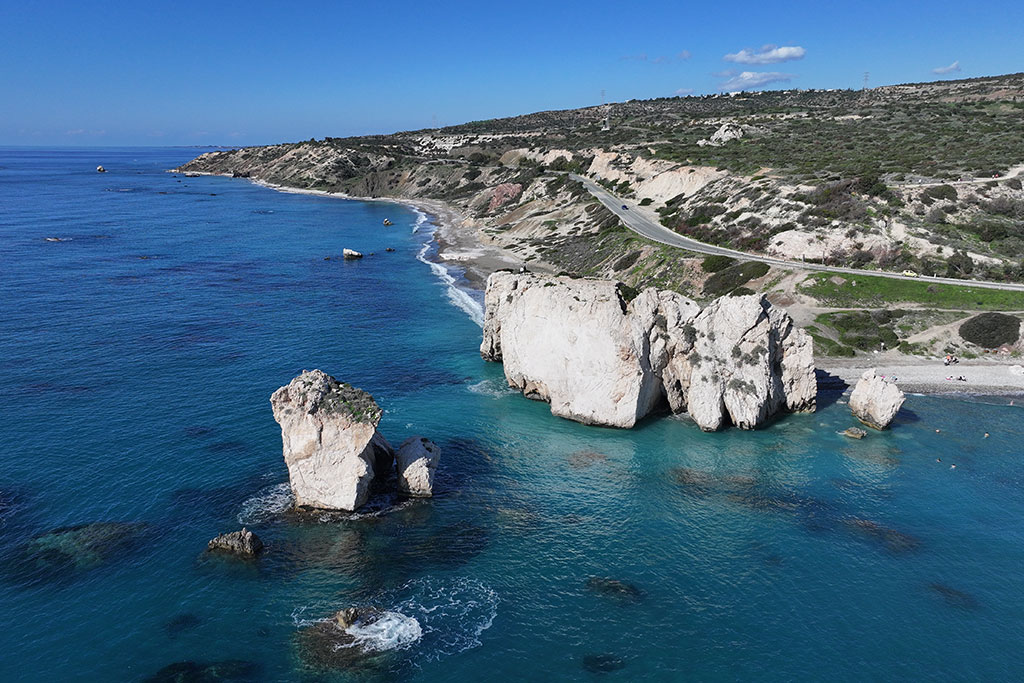
There is a joke to be had there too, but I try to avoid scatalogical humour. Instead I will present the most recent legend, courtesy of Wikipedia:
The present name Petra tou Romiou ("Rock of the Greek") associates the place with the exploits of the hero Basil as told in the Digenes Akritas. Basil was half-Byzantine (East Roman or Romios) and half-Arabic, hence the name Digenes (two-blood). Legend tells that the Christian Basil hurled a huge rock from the Troodos Mountains to keep off the invading Saracens. A nearby rock is similarly known as the Saracen Rock.
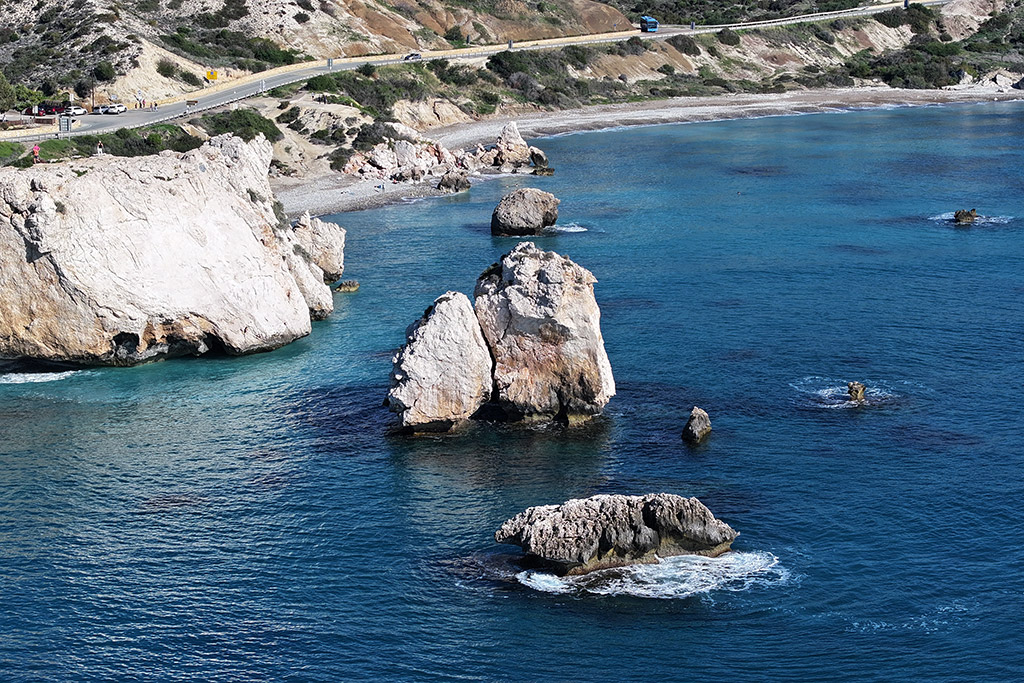
Even though there is no sandy beach here, it is a very popular tourist destination, and a lovely place to visit.
Frothy Waves
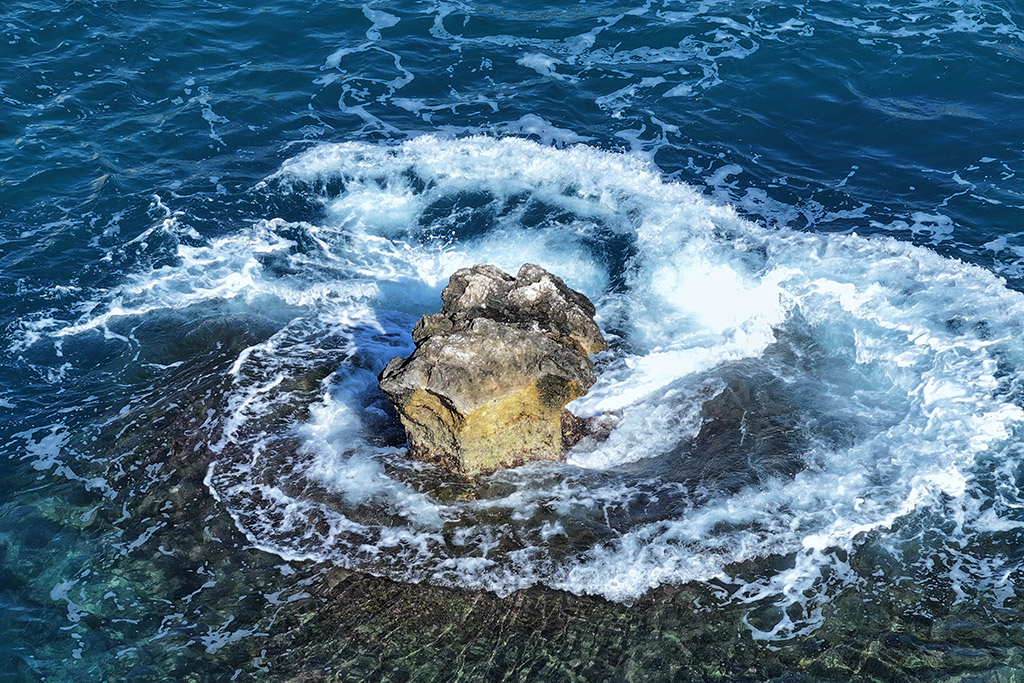
There was a lot of froth around this particular rock. If Uranus comes looking, this would be a good place to start.
Page 3 of 4


Related Blogs:
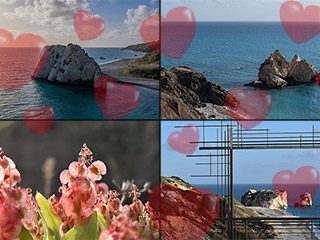
Aphrodite's Rock
Valentine's Day is upon us once again, so let's forget about all our troubles and take a romantic trip to Petra to Romiou, or Aphrodite's Rock, as we tend to call it. Today we present a triple whammy of photographic fun, from myself, my lovely wife, and our fully licensed drone. So snuggle up with your loved one and enjoy the beauty that is one of the many jewels in Cyprus' romantic crown.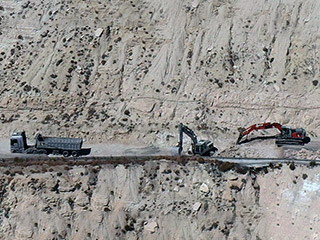
Aphrodites Rock B6 Road Repairs
In 2019 a section of the B6 road near Aphrodite's Rock was closed for repairs. Since then, in order to get to Pissouri, you need to take the motorway. We are happy to report that repair-work to the road is well underway. We took our drone so we could film what challenges the workers were having to overcome.Good Pages To Visit
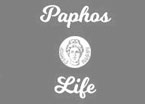
FB PagePaphos Life on Facebook
Like us on Facebook and stay notified of new blog posts.

FB PageOur Facebook Chat Group
Paphos Chat has been created for people who like our site and want to chat using Facebook. You can also easily upload photos of any size here. A lot of people are members of the Facebook chat group and the main forum. It's entirely up to you.
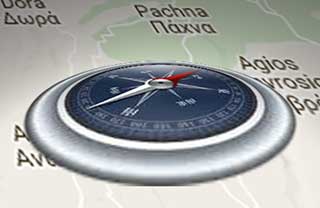
ListBlog Locations
Planning a day out? Then use our map of blog locations as a handy guide. Some of the places we visit our closer to each other than you might think, so take a look and start planning your next adventure...
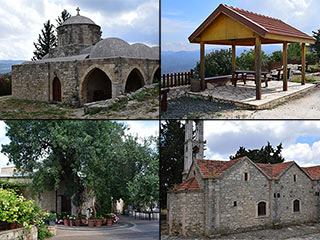
eBookCyprus Road Trip 01: the Kathikas - Panagia Loop
Let me take you on a journey around the region of Paphos, Cyprus. Starting at Paphos itself, we travel to Akoursos, then Kathikas, Kritou Terra and Simou. We continue past Lasa and Kannaviou, before taking in the delights of Panagia. Getting a bit more adventurous, we visit the abandoned villages of Statos and Agios Fotios, before passing through Choulou, Letymbou and Polemi, and rejoining the main Paphos - Polis road.
The route is suitable for all types of vehicle, and requires no off-roading. The guide contains about 130 photographs including shots of all the road signs you need to pay attention to, as well as some of the highlights you may experience along the way.
There are also several maps which will help you keep your bearings.
You can do this journey in a day, or you can break it up into chunks. You can also do it in reverse, to get some completely different views. It is entirely up to you.
